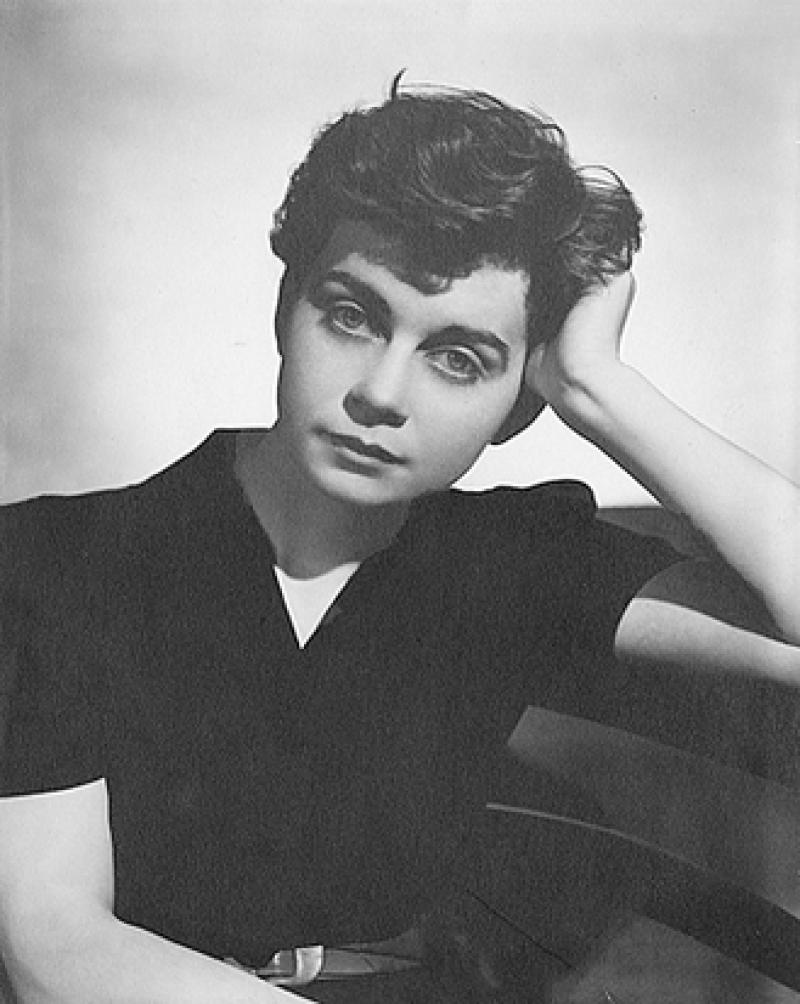R.A.W: Jean Rosenthal
8 Nov 2019 // R.A.W
“Lighting Design, as a distinct profession?” imagine this question being raised in the 21 st century, where lighting has evolved into more than just a source of illumination. One may certainly think of it as a vacuous question to ask. But back in the 20th century, this was probably a reality. It was the time when Lighting Design was not recognized as a distinct profession and most of the part was handled by the electricians taking cues from the set directors.
It was around this time; posters of popular Broadway show such as John Gielgud’s Hamlet, Harold Prince’s Cabaret, and Jerome Robbins’ West Side Story read a similar credit line at the bottom: “Lighting by Jean Rosenthal.”
.jpeg)
West Side Story by Jerome Robbins (lighting design: Jean Rosenthal)
Jean Rosenthal (1912-1969) a pioneer in the field of Theatre Lighting Design, it was during her thirty-three year career that the Lighting Designer joined the Scene and Costume Designer as a member of the production team. In 1929-1930, she joined Martha Graham as a technical assistant and became a member of the dance faculty at the Playhouse School of Theatre in Manhattan. In the early 1930s she studied theatre at Yale University, taking classes in theatre history, scene design, costume design and lighting design.
In 1937, Jean was acknowledged as an inventive lighting designer after her successful work with Orson Welles’s production of Julius Caesar which led to her being asked to light on Broadway. During her career she did lighting design for over three hundred productions. Some of her light plots and paperwork for Julius Caesar and other projects can be found online at The Lighting Archive.
.jpeg)
_1.jpeg)
Julius Caesar by Orson Welles (lighting design: Jean Rosenthal)
Jean’s ability to enhance the space with the poetic aspect of lighting design came from the inspiring paintings of Rembrandt and Monet. She used light’s form, color and movement to express the intention of a performance. Jean quoted “Light is tactile to me. It has shape and dimension.” Her major contributions were the elimination of shadows by using floods of upstage lighting and controlling angles and mass of illumination to create contrasts without shadows. Dance companies now are widely using some of the signature lighting Jean did for Balanchine and the diagonal shaft of light she created for Martha Graham as standards of the lighting repertoire.
.png)
Errand Into The Maze by Martha Graham (lighting design: Jean Rosenthal)
Jean confronted the sexism in the profession in a very courteous way by often referring to her crew of electricians as ‘honey' and ‘darling’. An'Ardent' designer, she was the first woman to be a 'Radical' presence in the male-dominated field at that time. The R.A.Wness of her approach shaped the Lighting profession.
Jean believed, “the most successful and brilliant work a lighting designer can do is usually the least noticeable.” Indeed, her magic of light has spell bounded us, knowingly or unknowingly.
R.A.W Blogger
Dipali Shirsat

